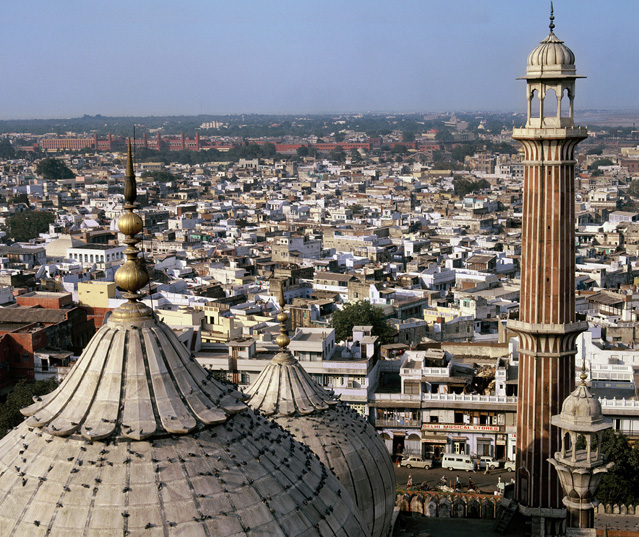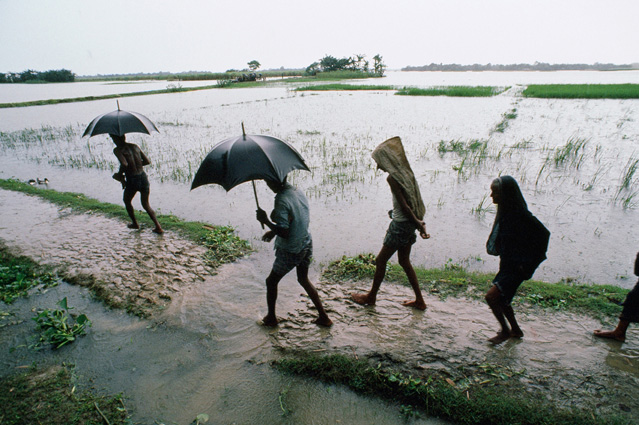Unit 9 South Asia, Chapter 17, Section 1.3 Living with Monsoons
© Coming Soon
© Coming Soon
© Coming Soon
The snow leopards' closest relatives are tigers. Genetic experts estimate that snow leopards became distinct from tigers about 3.2 million years ago, but still group them together under the genus Panthera. Other authorities, however, believe snow leopards are distinct enough to be in their own genus, Uncia.
Snow leopards live in the mountains of Central and South Asia. These rare, large cats are about 7 feet long, including their 3-foot-long tail, and about 2 feet tall. With their strong legs they can jump up to 50 feet. They are well adapted to their environment with thick fur that even covers their feet like natural snowshoes.
A snow leopard crosses a rocky slope in Hemis National Park in Jammu and Kashmir, India. Hunting at night, snow leopards prey on wild animals and domestic livestock. Snow leopards are sometimes killed by herders protecting their flocks and by traders selling their fur and organs. The species is endangered, with only 6,000 estimated to be left in the wild.

























